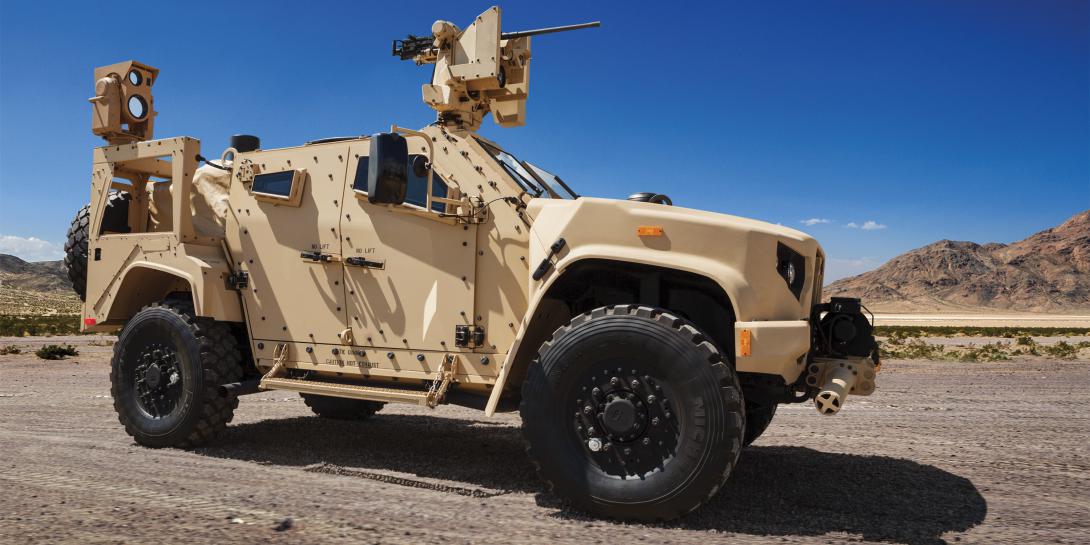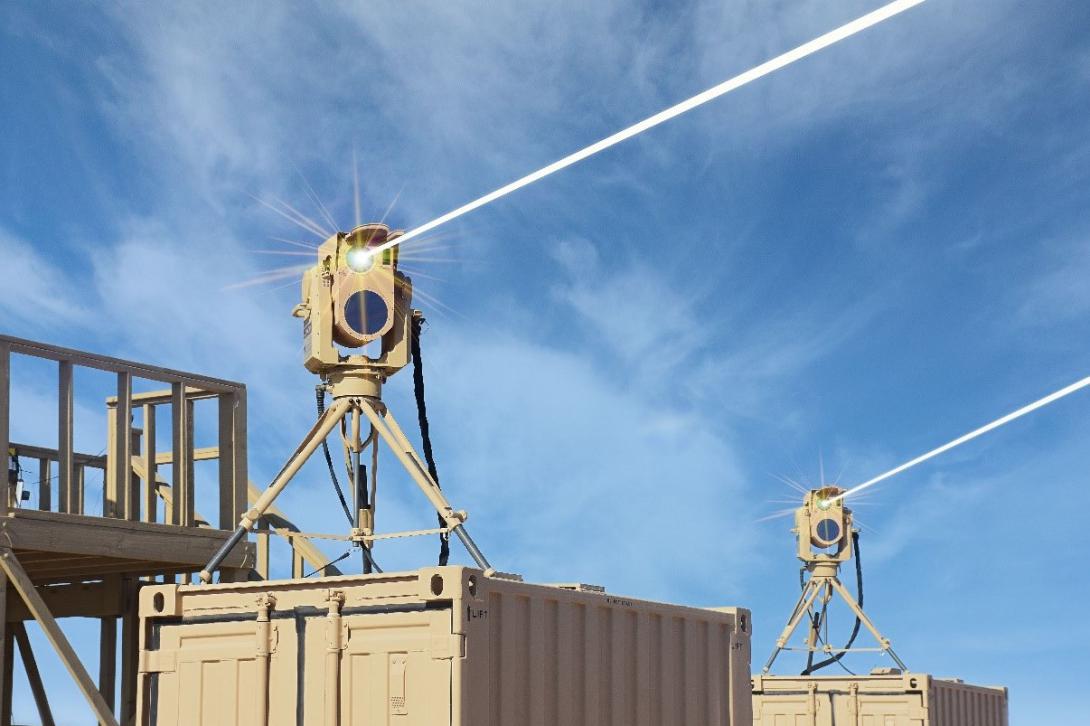Marine Corps Extends Use of Compact Laser
Happy with the five compact laser systems in hand, the U.S. Marine Corps issued a $2.5 million contract to Boeing to maintain the versatile weapon over the next year, with four possible one-year extensions. The Marine Corps’ Ground-Based Air Defense Program Office moved to add the maintenance service contract for the manportable weapon system after going from initially evaluating single demonstration prototype units to receiving the five manufactured systems from The Boeing Company in 2018.
The compact laser weapon systems, known as CLaWS, provides the service a reliable, cost effective protection against the growing threat of UAS in operations—and is considered an urgent need. For ground-based applications, the weapon can be placed on a tripod and on top of its corresponding military container, which houses the electric power and cooling subsystems, or CLWS, can be installed for vehicle-based use on platforms such as the Joint Light Tactical Vehicle, or JLTV.
The five systems have been deployed for the Marine Corps' counter unmanned aerial system (C-UAS) operations in theater. A spokeswoman from the service confirms that the current use of the CLaWS was optimized for fixed-site operations. “The five CLaWS systems have all been upgraded from the original delivered systems,” she added.
Boeing first manufactured the modular, high-energy weapon system for the Marines under an initial production contract signed in 2017. At the time, Boeing offered the CLWS in 2-kW, 5-kW and 10-kW configurations—however, the current power is unknown, as the Marine Corps declined to specify the kilowatt capability in use due to the security concerns of their current operations.
Under the contract, Boeing will provide diagnostics and technical support, and repairs, if needed. “The Boeing CLWS team provides technical support to operators overseas in real time to help identify and solve issues that arise in the field,” a Boeing spokesman stated. “If systems encounter issues that cannot be solved on site, the systems are shipped back to Boeing for a full diagnostic and repair process in order to get the system back to a fully mission capable status.”
In addition, if improvements can be made to the CLaWS units during routine maintenance and repairs, “the customer will weigh those options as they come,” the company indicated.
Boeing confirmed the recent updates, which included an increase in the maximum beam power and reliability of the CLaWS units to provide functionality against larger and more numerous threats, and at a greater range, as well as enabling the Marines to more quickly and efficiently defeat threats.
“We’re honored to continue our partnership with the Marine Corps,” said Kurt Sorenson, Boeing program manager for CLaWS. “This will ensure that their systems continue to operate at the highest levels in defense of our warfighters.”
Each CLaWS unit is equipped with a best-in-class beam director and acquisition, tracking and pointing software to deliver precision protection, according to the company. When originally delivering the systems, Boeing developed a full training manual and classes for military operators controlling the system, finding that the powerful surveillance, reconnaissance and tracking capabilities of the electro-optical components also complimented the easy-to-use nature of CLaWS.
Before sending the systems for ground-based air defense application, the Marine Corps Systems Command, the Program Executive Office Land Systems and contract management officials took the time to examine the weapon’s reliability, sustainment costs, maintenance and operation information, and failure rates. With this initial success, the service is examining further where else laser weapons could be applied. “It is our understanding the United State Marine Corps is considering future requirements for laser systems,” the Marine Corps spokeswomen indicated.






Comments